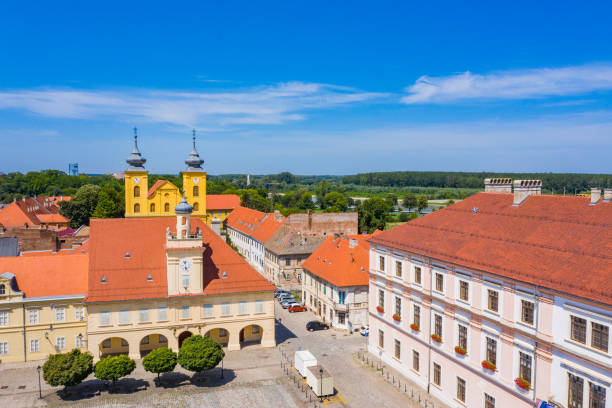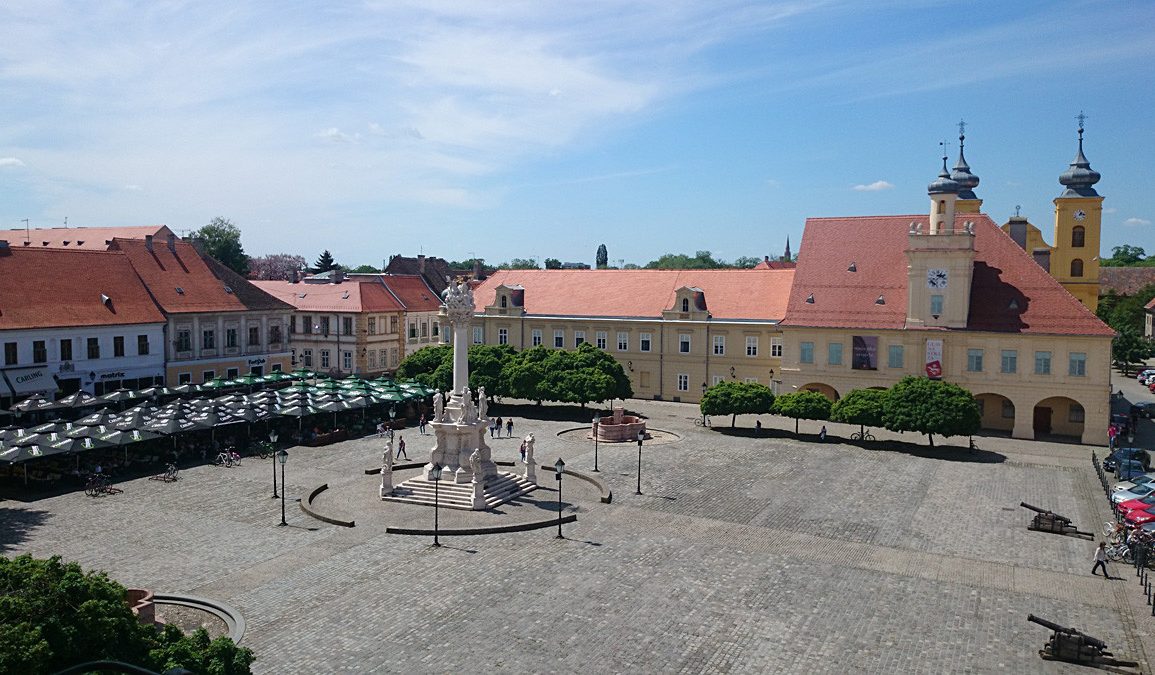The green LED thermometer outside Osijek’s pharmacy displays 38°C for the second consecutive day, yet the locals appear unfazed by the extreme heat. “We work in the sun, and for us, it’s not a problem,” said Davor, 47, a bike courier for Wolt.
Osijek, a small Croatian city, has emerged as Europe’s most affected by heat-related deaths. A recent Lancet study revealed that, over the past 20 years, the city has experienced the highest heat mortality rates in Europe.
The study analyzed temperature and mortality data from 854 major European cities, showing that Croatians face the highest risk of heat-related fatalities.
Despite the severity, there has been little action to address the crisis or understand its causes. Health experts warn that the situation is worse than people realize, with inadequate public awareness and political response.
Lidija Srnec, a climate scientist from the Croatian Meteorological and Hydrological Service, notes that the frequency and duration of red alert temperature periods have increased significantly.

Carbon emissions have led to intense heat waves across Europe, killing 70,000 people last summer alone. The 2023 death toll, in the hottest year on record, is expected to be higher.
Doctors emphasize that heatwaves exacerbate pre-existing conditions and contribute to a spike in mortality that often goes unrecorded.
Osijek, with a population of 100,000, is not an obvious candidate for such extreme heat. Situated in the Slavonia region, it is hotter than Zagreb but cooler than coastal areas.
The city, bordered by the Drava River and close to the Kopački Rit wetlands, has historically included parks in its urban planning. Yet, it faces puzzlingly high temperatures despite these green spaces.
Theories on the high death toll include the city’s humid air, slow-moving waters, and the potential long-term effects of war trauma from Croatia’s 1991 conflict. Additionally, the city’s traditional diet high in fatty foods might contribute to increased heat-related health risks.
Environmental changes, such as reduced tree canopy and increased urban heat island effects, have exacerbated the problem. Experts stress the need for immediate measures, such as public warnings and support for vulnerable populations, to mitigate heatwave impacts.
Long-term solutions include enhancing urban green spaces and reducing heat-absorbing surfaces to help cities adapt to escalating temperatures.

